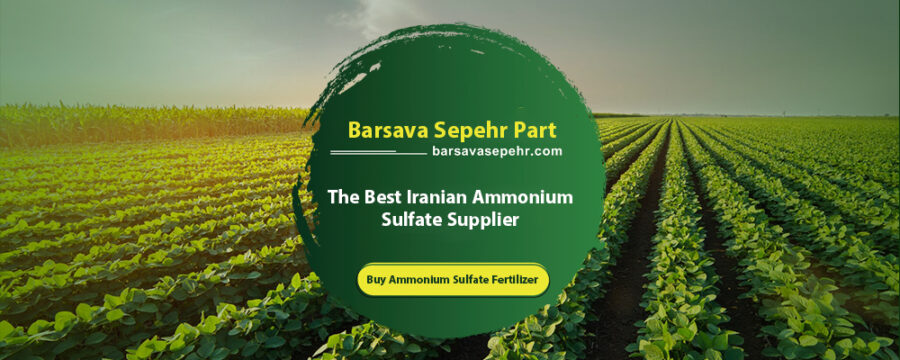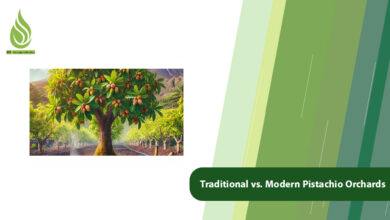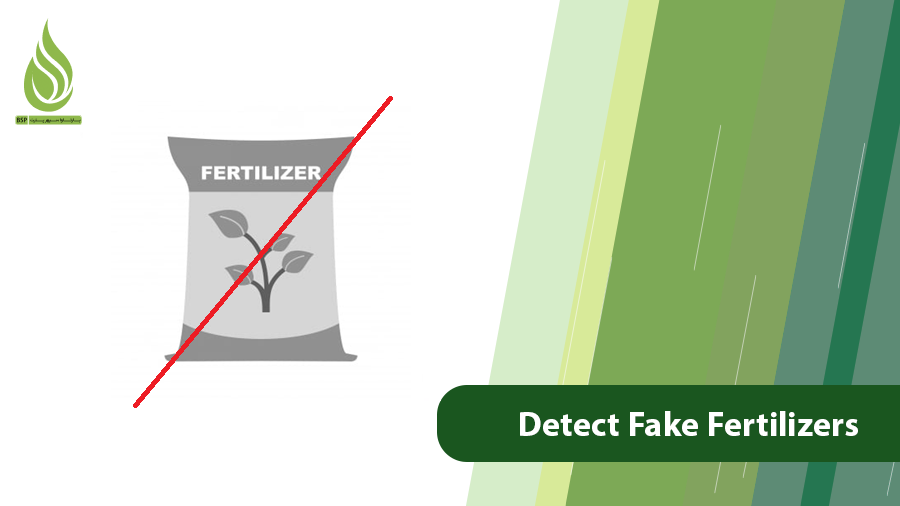
How to Detect Fake and Counterfeit Fertilizers?
In the global agriculture market, detecting fake fertilizers has become a critical skill for farmers everywhere. Counterfeit and low-quality fertilizers are rampant, costing the industry billions annually while damaging soil, crops, and the environment. Knowing how to detect fake fertilizers is essential to protect your investment, ensure sustainable yields, and safeguard food security. This guide provides step-by-step methods to detect fake fertilizers, drawing from the latest insights by the USDA, FAO, and regional agricultural authorities.
As a leading supplier of high-quality ammonium sulfate fertilizer, we emphasize authenticity to help you avoid pitfalls. By mastering these techniques to detect fake fertilizers, you can boost productivity by up to 20-30% while minimizing risks. Let’s dive into practical, worldwide-applicable strategies.
Why Detecting Fake Fertilizers is Crucial in Global Agriculture
The counterfeit fertilizer crisis escalated in 2025 due to supply chain disruptions from climate events and geopolitical tensions, as reported by the FAO’s latest Global Fertilizer Outlook. Fake fertilizers affect over 20% of the market, leading to $10-15 billion in annual losses.
Fakes are diluted with sand, lime, or toxins, lacking promised nutrients. For ammonium sulfate fertilizer, counterfeits often have under 15% nitrogen, causing deficiencies and yield drops of 40% in wheat and rice. Detecting them prevents soil degradation; heavy metals from fakes accumulate, reducing fertility by 25% over seasons.
Health risks include contaminated produce entering food chains. Economically, farmers lose on inputs plus harvests; in Sub-Saharan Africa, fakes exacerbate food insecurity for millions. By prioritizing how to detect fake fertilizers, you ensure compliance with standards.
What Makes a Fertilizer Fake? Common Counterfeiting Tactics Worldwide
FA, fake or counterfeit fertilizer, is any product marketed as containing specific nutrients for plant growth but fails to deliver due to incorrect chemical composition or substandard materials. Manufacturers of these fakes often dilute active ingredients with cheap fillers like soil, sand, lime, or waste, diminishing their effectiveness. Another common tactic is counterfeiting reputable brands by mimicking packaging and labels to deceive buyers.
The rise of counterfeit fertilizers stems from lax oversight in some regions, making them a persistent issue. Farmers are often lured by low prices, unaware that using no fertilizer at all is better than applying a harmful fake. These products are typically sold in bulk without proper labeling or in deceptive packaging that mimics legitimate ones. Even when labeled, a closer look reveals fabricated details. Produced underground without permits, these fakes undercut prices in ways that genuine manufacturers can’t match.
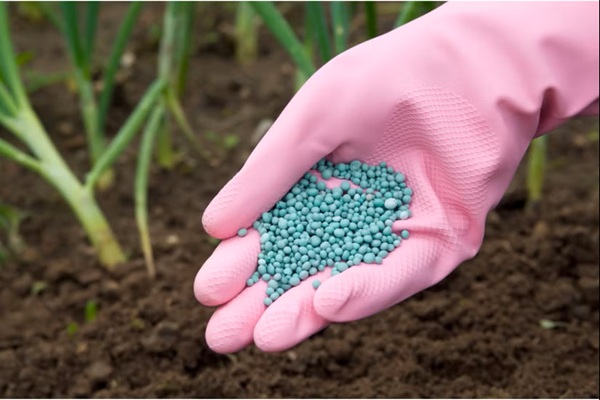
According to a report from the FAO, counterfeit agricultural inputs affect over 20% of global markets, particularly in developing regions, leading to annual losses exceeding $10 billion. The USDA warns that fake fertilizers can introduce contaminants, disrupting soil ecosystems and crop health. For ammonium sulfate fertilizer, fakes might lack the standard 21% nitrogen and 24% sulfur, replacing them with inert materials that provide no benefit.
Authentic vs. Fake: Key Differences You Need to Know
In contrast to fakes, authentic fertilizers are produced by registered companies with verifiable identities and locations. We’ve previously discussed the characteristics of high-quality fertilizer in another article, emphasizing optimal formulations for maximum impact on growth and yields. However, authenticity focuses on legitimacy: the product must be manufactured under standards compliant with national or international regulatory bodies, such as the USDA or the European Fertilizer Regulation (EU) 2019/1009 in Europe.
| Feature | Authentic Fertilizer | Fake Fertilizer |
|---|---|---|
| Labeling | Full details, verifiable codes | Incomplete, mismatched info |
| Nutrient Content | Matches claims (e.g., 21% N in ammonium sulfate) | Diluted (10-15% N) |
| Packaging | Sealed, durable | Loose, poor seals |
| Solubility | Clear solution | Residues, clumps |
| Certifications | USDA/EU/FAO compliant | None or forged |
| Price | Market rate | Unnaturally low |
Step-by-Step Guide: Proven Methods to Detect Fake Fertilizers
Now, let’s arm you with these proven strategies.
Inspect Visual Signs of the Fertilizer
A quick visual exam can reveal much. Counterfeits often show poor production quality. Check packaging: Fakes may be bulk or poorly sealed. Even packaged ones might have mismatched labels with fake permits, contacts, or expiration dates.
Assess color, smell, and texture based on experience. Unusual hues, bad odors, or inconsistent granules signal issues. For ammonium sulfate fertilizer, genuine products are uniform white crystals; irregularities suggest adulteration.
Test solubility: Dissolve a sample in water; quality fertilizers form clear solutions; residues indicate fillers. This simple method helps spot fakes quickly.

Verify Authenticity via Labels and Permits
Genuine fertilizers have traceability labels with codes for online checks. In the U.S., use USDA or state ag department portals; in Europe, the EU Fertilizing Products Regulation requires CE marking. Globally, the FAO recommends QR codes or serial numbers linked to databases.
Steps for verification:
- Access official sites (e.g., USDA’s for the U.S., or equivalents elsewhere).
- Enter codes to match manufacturer details, product type, and status.
- Use SMS services where available for instant feedback.
Mismatches mean fakes. For ammonium sulfate, check for AOAC-tested purity to detect adulterants like urea.
Leverage Others’ Experiences
Tap into farmer networks via forums, social media, or co-ops. Reviews on platforms like LinkedIn or Reddit reveal real performance. Apps like those from the University of Illinois use AI for shared input quality reports.
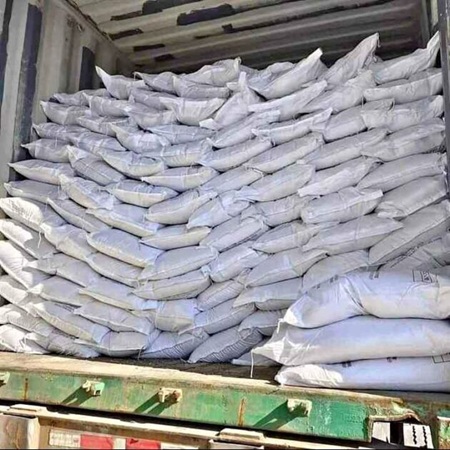
Compare with Known Genuine Samples
Side-by-side comparisons with verified samples from trusted sources highlight differences in appearance and packaging. This tactile method is simple yet effective.
Laboratory Analysis: The Most Accurate Detection
For certainty, send samples to accredited labs for chemical assays. They test nutrient levels, purity, and contaminants using methods like isotope ratios or photometry. Sigma-Aldrich’s indophenol blue method detects ammonium in organics, vital for ammonium sulfate authenticity. Costs are offset by avoiding losses.
Never Buy from Unauthorized Sellers
Stick to licensed dealers with valid credentials. Direct from manufacturers cuts risks and costs. In the U.S., check EPA registrations; globally, verify through FAO networks.
Actions After Detecting Fake Fertilizers
- Don’t apply.
- Report: U.S. USDA hotline; global FAO portal.
- Provide evidence for refunds/prosecutions.
Choose Authentic Ammonium Sulfate from Barsava Sepehr Part

To avoid fake fertilizers easily, opt for Barsava’s verified ammonium sulfate fertilizer. Lab-tested, QR-traceable, with 21% N/24% S. Sold worldwide, it acidifies soils, boosts yields 18%. Direct purchase ensures authenticity; contact us for bulk.
Advanced Tools to Detect Fake Fertilizers
- AI Apps: FarmTrace scans labels.
- Portable Spectrometers:
$200devices for field tests. - Blockchain Traceability: EU-mandated for
2026.
Case Study: California’s 2025 bust recovered $50M in fakes.
Conclusion: Empower Yourself to Detect Fake Fertilizers Today
Mastering how to detect fake fertilizers secures your farm’s future. Use visuals, digital tools, and labs for 100% confidence. Choose Barsava ammonium sulfate fertilizer for guaranteed results: healthy soils, higher yields, and sustainable agriculture.
